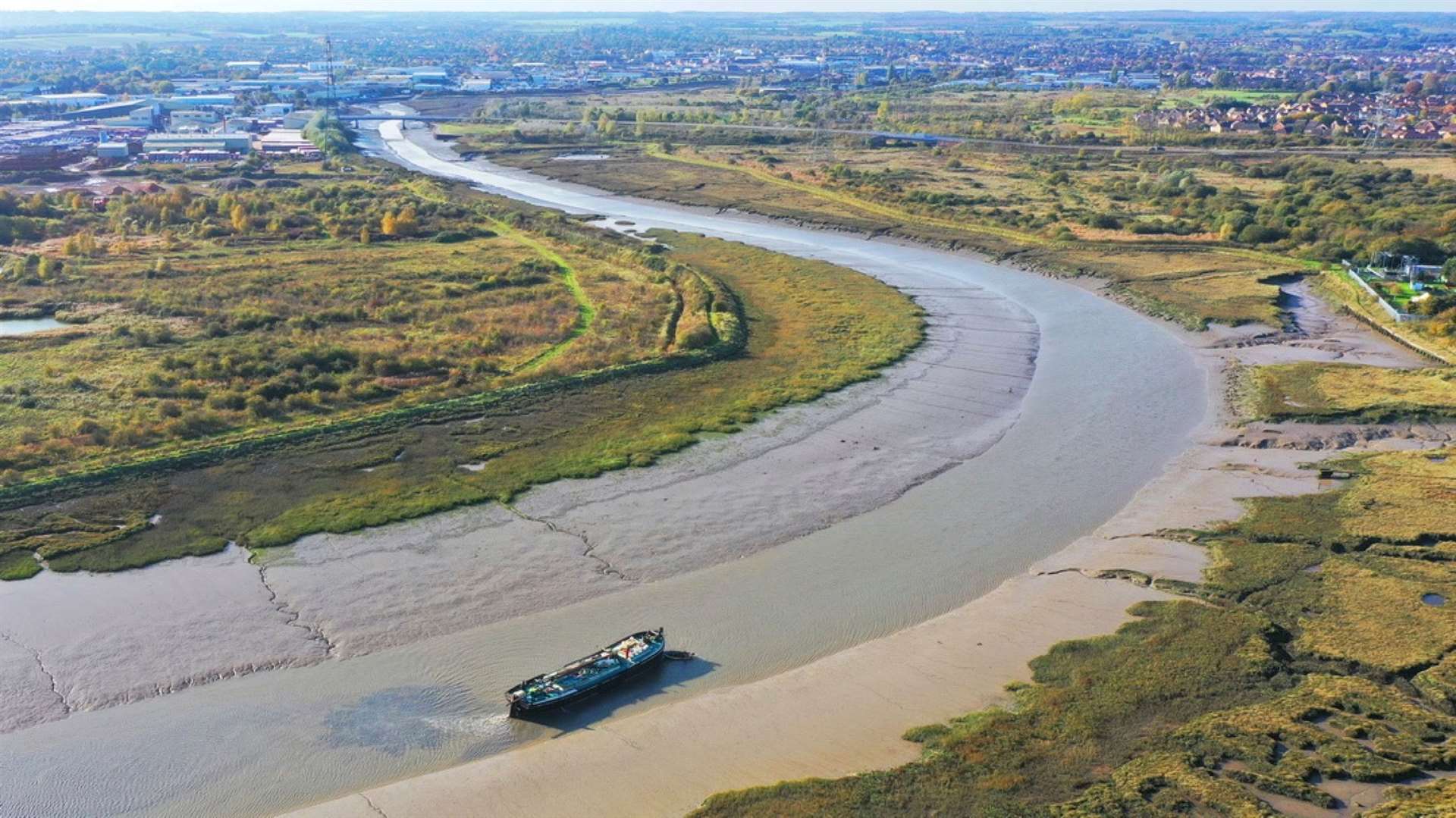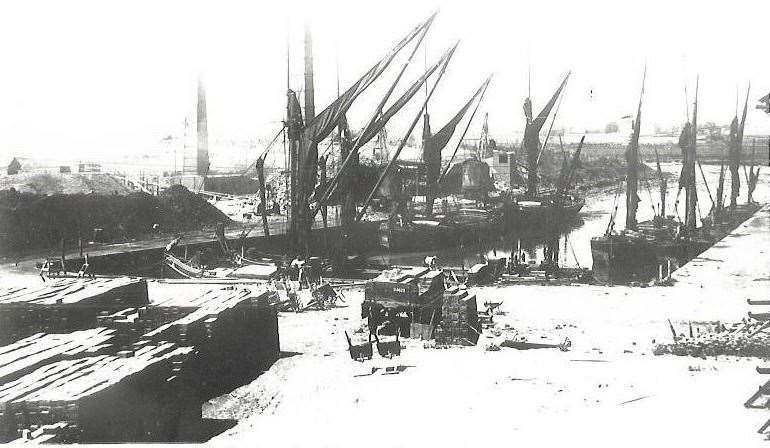How oyster industry in Milton, Sittingbourne died out due to mill pollution in creek which caused awful smell
Published: 12:00, 03 April 2022
Updated: 07:12, 04 April 2022
At the end of the 18th century, Milton, near Sittingbourne, was known for producing the finest and richest flavoured oysters in Europe, with dozens of fishermen plying their trade in the waters there.
But within 100 years the creek had become the most polluted in the south of England and the centuries-old industry had entirely died out by the 1950s, writes Patricia Robinson.

As with most towns in rural areas, Sittingbourne suffers from time to time with unpleasant smells. Nowadays we get the occasional foul stench when farmers are spreading fertiliser.
But we should count ourselves lucky that's all it is.
In 1962 a newcomer to the town asked: “What is the source of the stench that fouls the local atmosphere most of the time? It sometimes makes me wonder whether I am in Kent, or the Potteries, or perhaps Scunthorpe.”
He even suggested that if nothing could be done about it then local residents should be provided with free smog masks.
I don’t know what caused the smell in other places, but in the case of Sittingbourne it was Milton Creek.

The odour, which resembled bad eggs, was so common that commuters, on their way to or from London, always knew when they had arrived at Sittingbourne.
The report from a survey of Milton Creek, taken in 1974, stated that it was the worst polluted area, not only in Kent, but in the south of England.
It was not until the mid-1990s that a new waste treatment works at Kemsley Mill received effluent by pipe from Sittingbourne, ensuring that Milton Creek was cleaner than ever.
However, by then it was too late for what had been one of Milton’s oldest industries, oyster fishing. Records from the mid-1500s showed that local people were fishing for oysters using a ‘dragge’ to remove them from the sea bed.
At the end of the 18th century, Milton was referred to as being “for the most part inhabited by sea-faring persons, fishermen and oyster dredgers”.
At that time the oysters found in the Milton area, known as Milton Natives were “esteemed the finest and richest flavoured of any in Europe”.
They were even one of the ‘New Cries of London’ (published in 1803).
However, oysters needed fresh water.
When the fresh water that once fed the creek was used by the paper mill, the water in Milton Creek became saltier.
By the end of the 19th century the polluted water from the mill, which together with sewage at that time, was pumped into the creek, seriously affected the quality of the water, and the local oyster industry was in decline.
In 1951, the last fishermen to survive were brothers, Tom and Harry Redshaw, who were still carrying on the oyster fishing business started by their great-great-grandfather in the mid-18th century.
Tom said: “At one time there used to be 40 boats on the creek, all making a living from some kind of fishing. The oyster bed here used to be one of the best in the country.”
He felt that it was pollution from the mill that had led to the decline in oysters, fish and eels in the creek. They had to take the oysters they caught to a cleansing station at Whitstable before they were safe to be eaten.
Pollution was at its greatest in the upper reaches of the creek, nearest to the town, where no marine life survived. It varied in colour from white, through pink and green, to a nondescript colour, “best described as a mixture of chalk, sump-oil and grease”.
Children who went for a swim in the creek in the early 20th century would, as John Dane remembered, come out with their hair plastered with pulp.
Before the creek was dredged, layers of pollution, up to 6in deep, which looked and felt like cardboard, had built up on areas of the creek bed which were only covered by the spring tides.
Areas constantly washed by the tides quickly became coated in a thick greasy deposit which was corrosive; ropes made of natural fibre rotted, sometimes in a matter of weeks.
The increase in noticeable pollution was related to the decline in the use of the creek by barges, which led to it starting to silt up.
Water, which was pumped into the creek from the mill, included fibres, clay, dyes and acid.
Nowadays anyone taking a walk along the Milton Creek path can see that wildlife has returned, with ducks, shore birds, herons and egrets frequently feeding on the mud as the tide goes out.
More by this author
KentOnline reporter